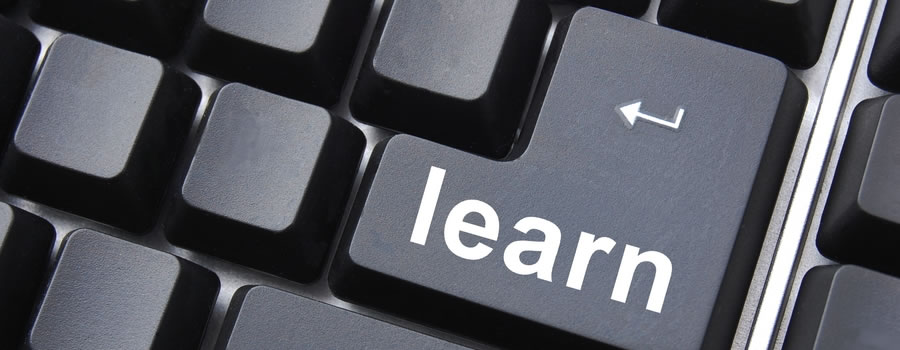Ultimate Trip Travel Brochure
Appropriate for Grades: 3 up
Overview:
Using a Word Processor or desktop publishing template, produce a travel brochure that depicts the students’ ultimate trip. Unlike an adult’s trip, it might include theme parks, outer space, food outlets or places kids like to go.
Activity:
- Start a word process or desktop publishing program.
- Choose a brochure template.
- Discuss as a class where specific information should go on a
- brochure such as what shows when it is folded.
- Fill in the title information and contact information.
- Launch an Internet browser .
- Search for images and information about places that they would like to visit. (Try to use royalty free images.)
- Save images to the local computer (delete when finished).
- Collect and type this information into a usable format.
- Add the images and text to the brochure.
- Ensure that data such as prices, dates available, accommodation choices are all included.
- Save and print a color copy on a duplex printer so that both sides of the paper are printed.
- Fold and present the brochure.
Resources/Materials Needed:
- Software: Word Processor, desktop publisher, Internet browser
- Paper / Printer
- Internet connection
- Clipart / photos
Further ideas and comments

